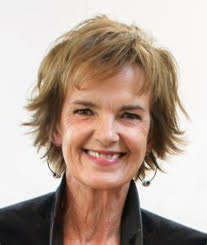Britons bin 86,000 whole lettuces every single day — here's how to eat sustainably and cut down on waste
When it comes to food shopping, we all want to try to make a positive difference and do our bit for sustainability — but how exactly should we go about it?

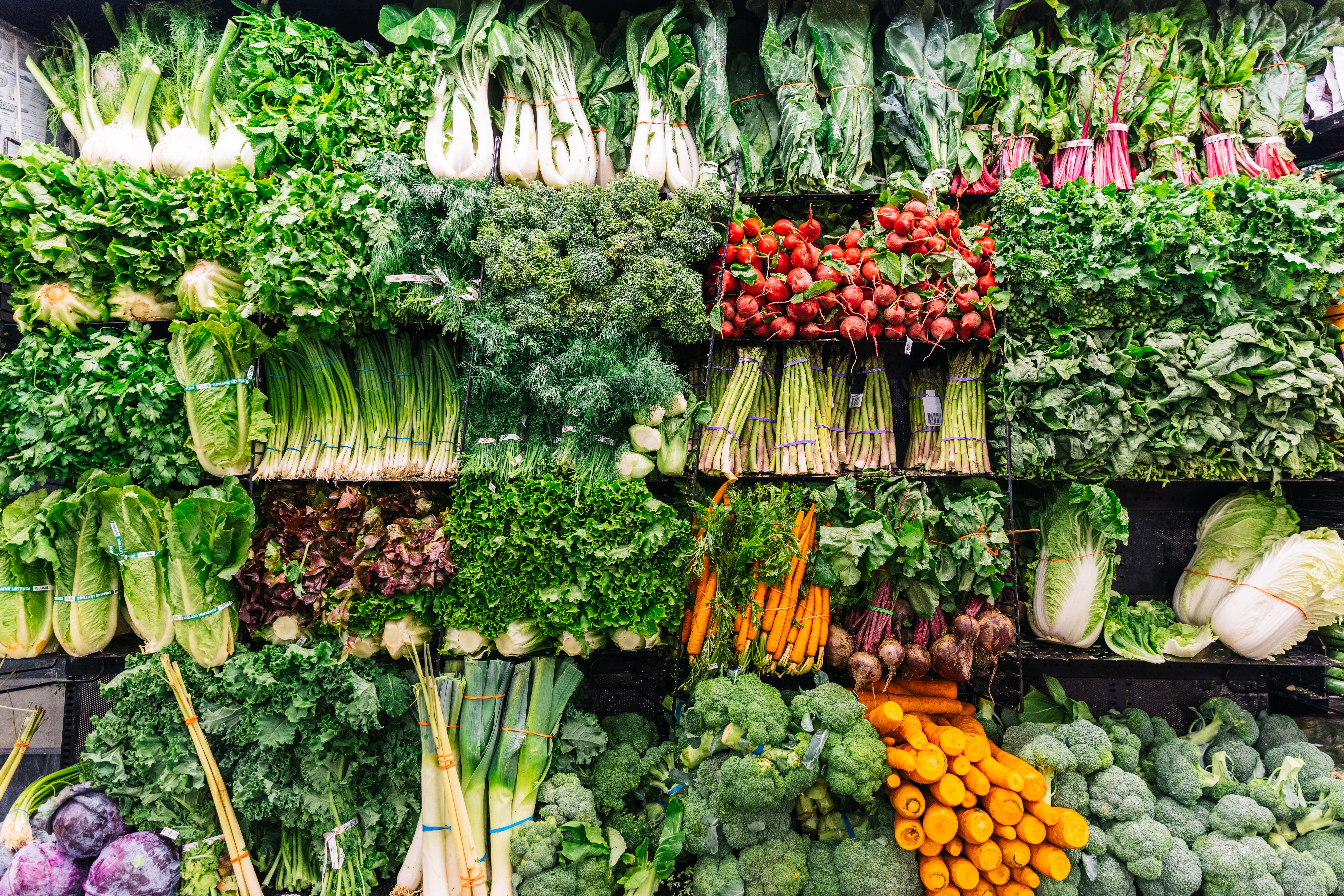
'Sustainable' has become something of a weasel word. Like ‘natural’ or ‘green’ or ‘wild’, it’s slapped onto food labels and adverts to make us feel better. Genuine sustainability concerns food security and resilience, climate change and the environment, human and animal health and wildlife biodiversity. How to take account of all this as we stand uncertainly in a supermarket aisle clutching a shopping list?
Consumer choice is more powerful than we might think and, although it’s not easy to be a truly conscious eater or navigate what can feel like a minefield of competing priorities, we owe it to the planet, to livestock and ourselves to try. That could mean doing without or cutting down on the foods we’ve come to take for granted, such as cheap chicken fed on soy linked to deforestation, green beans irrigated with precious water in low-rainfall Africa and prawns from farms trashing mangroves and polluting coastal waters.
How can we do better? More than half of the greenhouse-gas emissions produced by UK agriculture come from rearing livestock, principally beef and dairy cattle. Some 85% of agricultural land in England is used for grazing animals or to grow food for them. According to the Committee on Climate Change (CCC), the nation should be eating 35% less meat by 2050 as part of the Government’s pledge to achieve net-zero emissions. The commitment builds on the work of previous administrations; in 2019, the businessman and Sustainable Restaurant Association founder Henry Dimbleby was asked by Defra to develop a National Food Strategy, which was published in 2021. ‘We simply cannot reduce methane emissions to a safe level, nor free up the land we need for sequestering carbon, without reducing the amount of meat we eat,’ he wrote at the time. Gareth Morgan of the Soil Association agrees: ‘We cannot hide from the fact that we must change our diets to fight climate change,’ he emphasises. ‘That means less but better meat… from grazing animals that support wildlife and return carbon to the soil.’
How to buy better meat
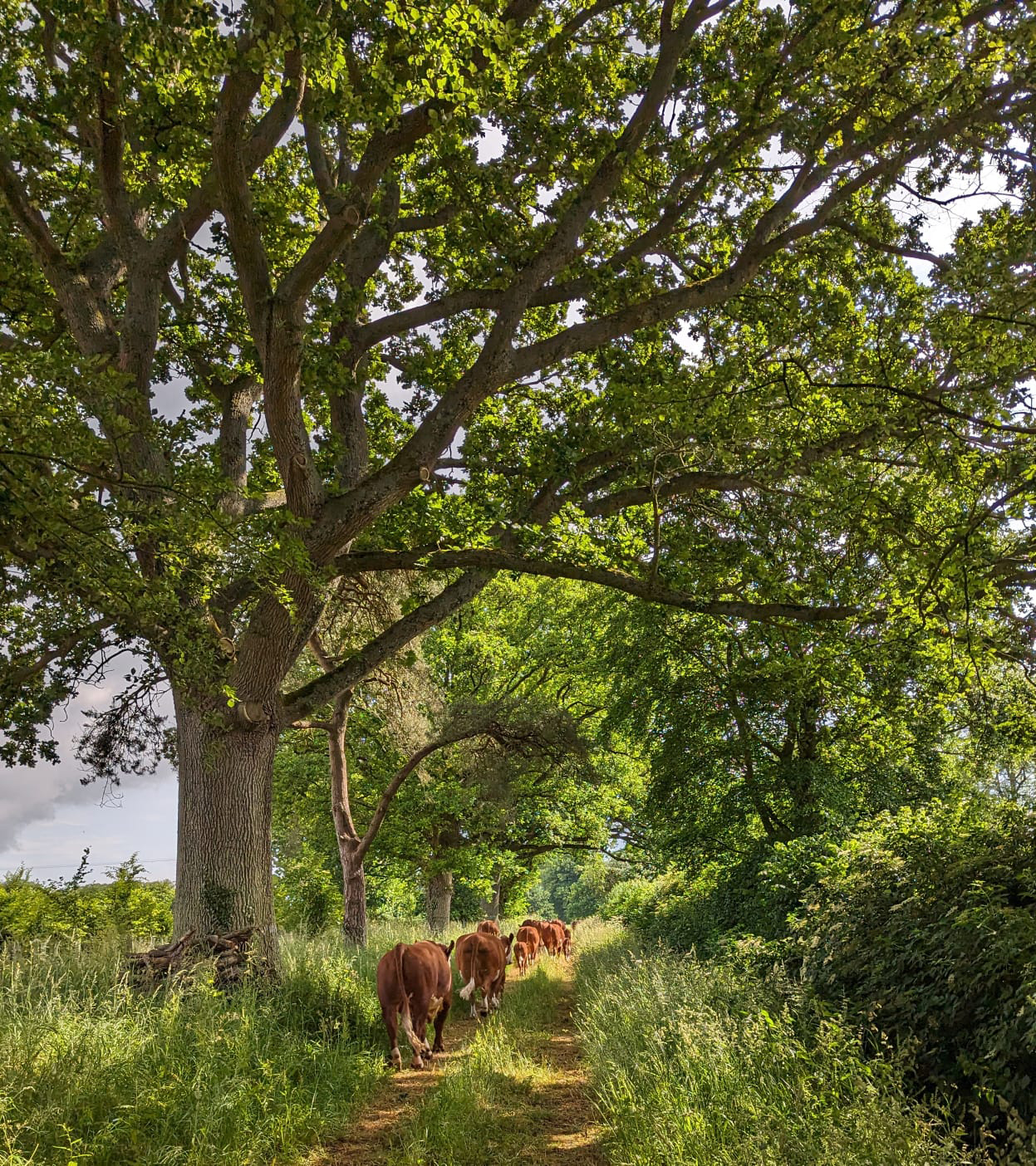
Farm-assurance schemes, such as Red Tractor and RSPCA Assured, go some way, but not far enough; a Government review is on its way later this year. Instead, question your butcher and check out supermarket statements on their meat suppliers. Waitrose, for example, has committed to reaching net zero across its UK farms by 2035.
By buying directly from farm shops, you can see for yourself how the livestock is reared and what it grazes on. Seek out meat certified by Pasture For Life for 100% grassfed beef and lamb. Look for meat from the growing number of farmers returning to traditional methods, these days known as regenerative farming or agroecology: livestock is brought into a crop-rotation system, grazing on fallow land to improve soil quality and reduce the need for artificial fertilisers.
Consider venison as an alternative to farmed red meat: as well as being rich in omega-3 and omega-6 fatty acids, which are vital for all sorts of functions of the human body, it has more protein and less fat than any other major source of meat. And there’s plenty of it: wild deer numbers have now soared to pest proportions, damaging saplings and infuriating farmers and estate managers, who employ professional stalkers to cull them. You can buy wild venison from game dealers, butchers, farm shops and online retailers such as Deer Box. A note of caution: some supermarket venison is imported from New Zealand, so it’s always worth reading the label.
Chicken is the most widely consumed meat in the UK; the average household eats the equivalent of two chickens a week. The vast majority of these (90% by some estimates) are bred to grow fast and die young, reared intensively in broiler houses and slaughtered at between six and eight weeks, although some producers are now rearing slightly slower-growing breeds under the Better Chicken Commitment scheme. They are all fed on high-protein soy grown in countries linked to deforestation. Free-range chickens may live up to 10 or 14 weeks and arguably have a more pleasant life scratching about in fields. However, they also have a higher carbon footprint because they live longer and, unlike housed birds, their waste is not cleared up and may enter rivers as phosphorus pollution.
Exquisite houses, the beauty of Nature, and how to get the most from your life, straight to your inbox.
Some 70% of intensively reared pigs have their tails docked to prevent tail biting, a reaction to stress: look for certified outdoor-reared pork. The Soil Association’s Gareth suggests a return to slower-growing breeds that eat a lower-protein diet, such as homegrown peas, beans and even soy. ‘These crops enrich the soil and help cut the huge global footprint of animal feed.’ Butcher The Ginger Pig delivers slow-grown, high-welfare pork, lamb, beef and chicken to kitchens nationwide.
Sustainable vegetable shopping
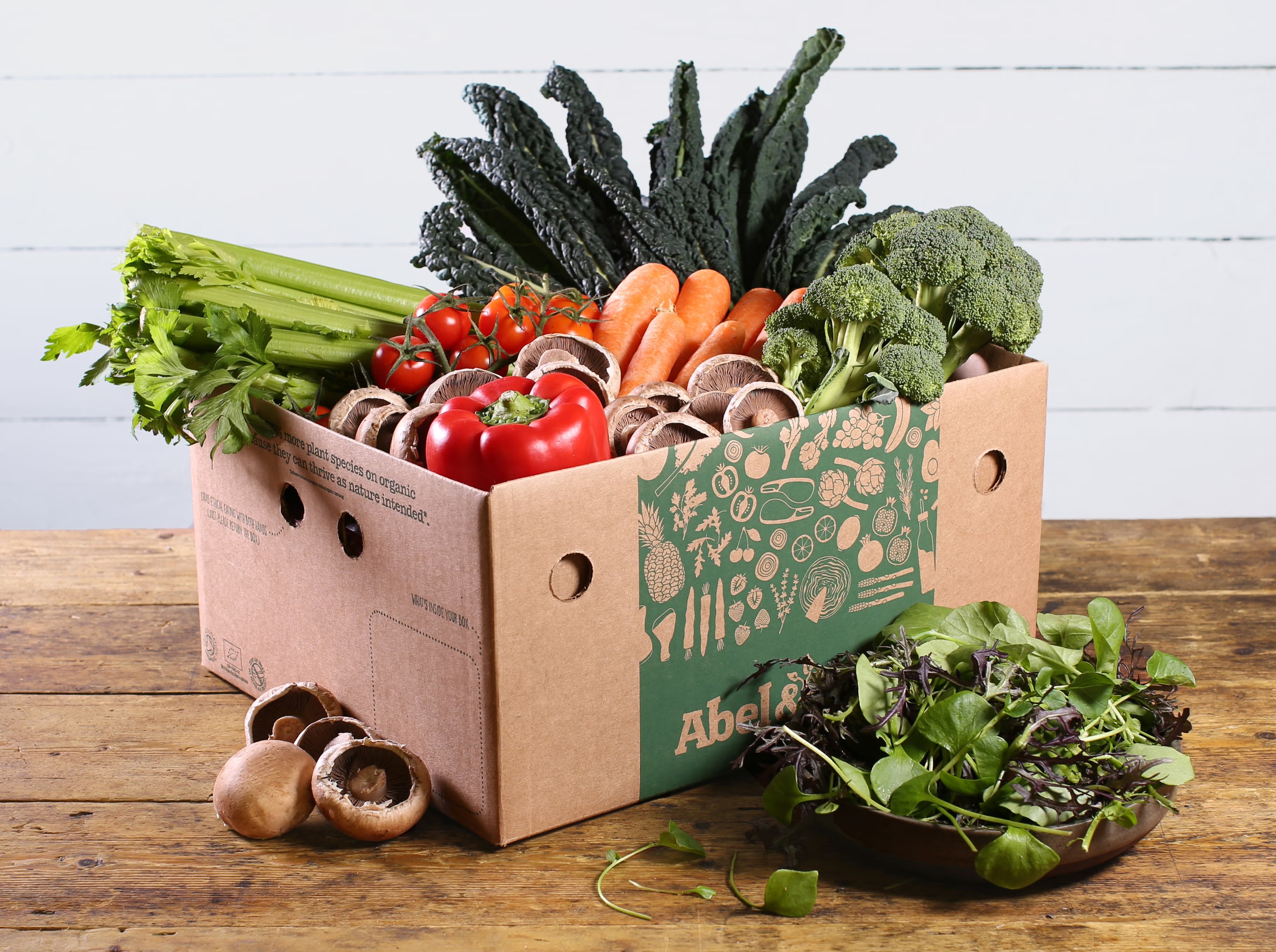
What about vegetables? Once again, the most climate-helpful, ecologically sound and rewarding way is to buy from local farms and market gardens growing produce without artificial fertilisers or pesticides. You needn’t have one on your door-step: plenty now sell more widely through box schemes, farm-shop delivery services and farmers’ markets.
Two good starting points are Better Food Traders and the Soil Association. The latter lists only organic producers, but grower and food writer Mark Diacono, formerly of River Cottage, Devon, now at his own Otter Farm in the same county, says there are plenty of producers not certified organic, but doing all the right things. ‘They will be using green manures — peas, beans, tares — as nitrogen fixers and to condition the topsoil,’ he explains. ‘If you look after the soil, you’re most of the way to growing sustainable vegetables. They may also be doing carbon sequestration [capturing atmospheric carbon dioxide with plants and trees], growing pollinators in enriched margins and using fallow space to grow things such as phacelia to provide forage and shelter for a world of creatures. It’s about a whole-farm ecology.’
Of course, most of us simply want a good meal and can only dedicate so much time to sourcing food. Mark’s advice is to do what you can, when you can and to prioritise. Happily, deliciousness and sustainability tend to go hand in hand. ‘It’s so important to buy soft fruit, picked ripe, from a good local place; we’ve all bought a peach that would be ideal for a day’s cricket and never ripens.’ Unsurprisingly, he advocates for eating locally and seasonally (‘one of the greatest pleasures of being alive’) wherever possible: produce such as wild garlic, watercress and English asparagus should really be enjoyed only at a brief and glorious moment in the calendar. Sun-warmed British tomatoes are available for longer than they used to be, with the suntrap Isle of Wight leading the way, and new varieties of purple sprouting broccoli mean we no longer have to wait months until April comes around.
Of course, there are gaps in our seasons and, inevitably, some items will come from abroad. However, shopping doesn’t have to be a self-denying ordinance: box schemes such as Riverford and Abel & Cole import tomatoes and peppers from trusted sources with short supply chains. Or you can buy direct from growers through online supplier CrowdFarming.
If you’re shopping in a supermarket, look out for the LEAF marque (Linking Environment And Farming), which certifies sustainably grown fresh produce. All UK grown fruit and vegetables from Lidl and Tesco have the marque, as does Waitrose, which aims to have its whole global range certified by 2026.
However, do stop and think before you put that bag of virtuous certified potatoes in the trolley. It’s best to buy them loose in the amount you think you’ll need; in the UK, we throw away 4.4 million whole potatoes every year. Food waste is responsible for between 8% and 10% of global emissions and 70% of that goes out in household rubbish.
Fish for the future
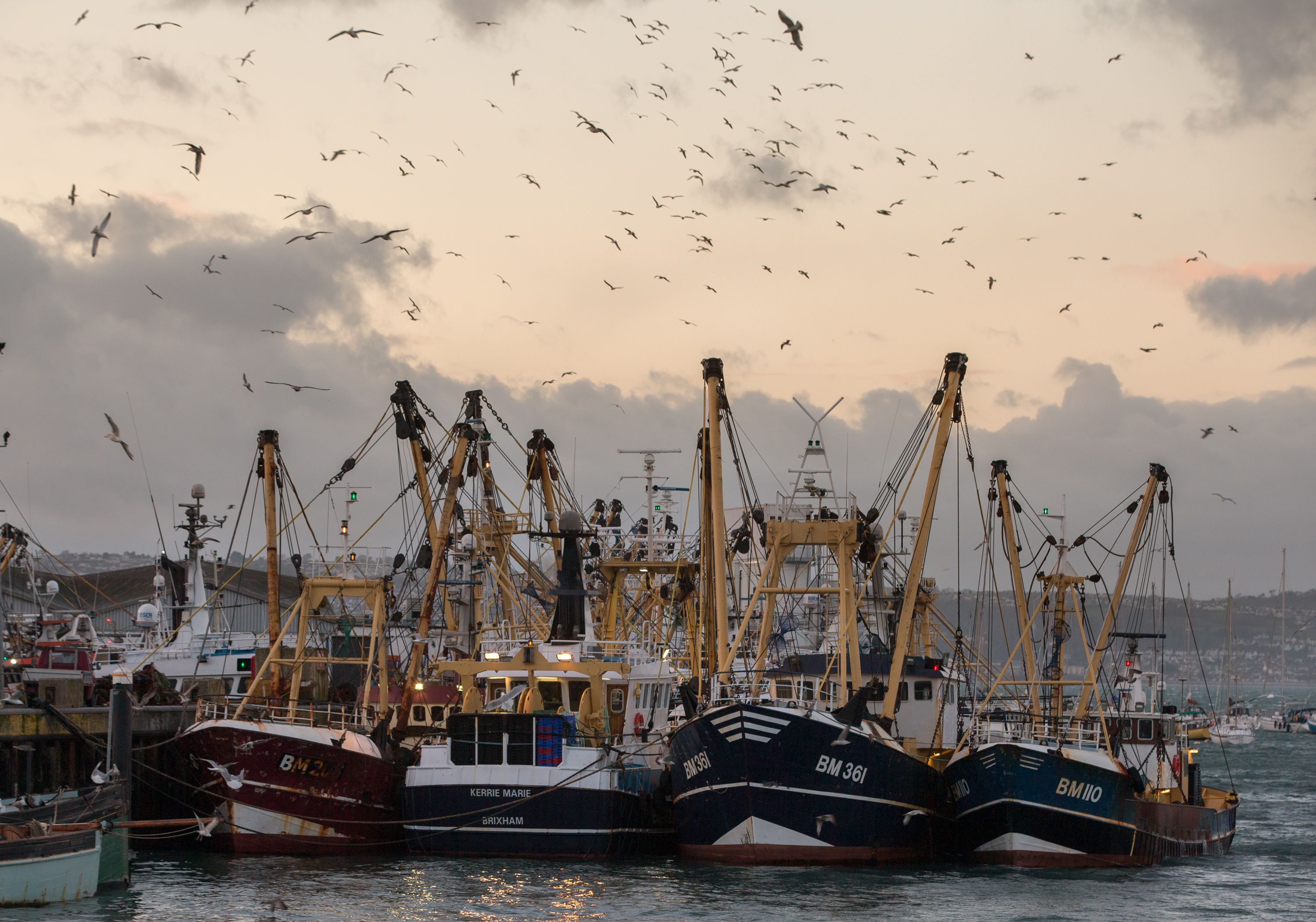
We all know that fish is good for us, especially the oily kind: regular consumption of it has been linked to everything from a reduced risk of heart disease to improved mental health. However, only one in five of us eats the recommended minimum two portions of fish a week.
Rain is bouncing off the quayside as I splash my way to the offices of Brixham Trawler Agents in Devon. The harbour is packed with vessels (above): day boats, beam and otter trawlers with names such as Judy G, Albie of Ladron and The Argonaut. They’ve come from fishing grounds in the English Channel and landed 42 tons of fish this morning — plaice and sole, monkfish and turbot, skate and John Dory, cuttlefish and squid — sold at auction by 6am, loaded into trucks and already on its way. Brixham is the biggest fish market in England, trading £60 million worth of produce annually.
Why it matters
• Food production accounts for 26% of global greenhouse-gas emissions and is the leading driver of biodiversity loss, deforestation and land-use change
• Trees absorb carbon dioxide and lock it up; of the 3.3 million tons of soy imported to the UK, 77% comes from places with high deforestation risk, including vulnerable ecosystems in South America
• Synthetic fertiliser contributes 4% of global emissions
• 6.4 tons of food is wasted by British households annually, which includes 86,000 whole lettuces being thrown away every day
• The global human population is expected to reach 10 billion by 2050; consumption of fish, both farmed and wild, is rising at least twice as fast. At the UN Ocean Conference in Nice last month, the High Seas Treaty to protect 30% of the world’s seas by 2030 was ratified by 50 states; 10 more are needed to bring it into force
Some 75% of the catch will be exported to Europe and the rest goes to restaurants, food service and fishmongers. We won’t see it on our supermarket shelves, due to the fact that, in the UK, our tastes are stubbornly conservative. More than 80% of fish consumed comes from only five species — cod, haddock, tuna, salmon and prawns — and most is imported, even farmed salmon.
The nation’s taste for cod took a knock earlier this year after Sir David Attenborough’s documentary film Ocean showed dramatic footage of bottom-trawling: industrial-scale machinery scouring the North Atlantic seabed, hoovering up everything in its path and sending plumes of stored carbon into the ocean. The cod we buy in supermarkets is certified sustainable by the Marine Steward-ship Council label; I asked the MSC’s George Clark to explain how this can coexist with the practice. ‘Globally, 25% of seafood is caught by bottom trawling,’ he explains, ‘[which is] allowed where it’s operated sustainably and cod fisheries are highly regulated. Seafood supplies 20% of the world’s protein and, like harvesting a field of wheat, you need to use mechanical means.’
If you’re searching for an alternative to cod or keen to diversify your culinary repertoire more generally, look for the MSC blue tick on certified coley and hake from UK fisheries. Shoals of herring are also caught in mid-water by pelagic trawlers. ‘They are clean, high-tech and take very little bycatch,’ says George. Alaskan pollock is plentiful and caught by the same method. Sardines and anchovies are rich in omega-3s and other nutrients; both are plentiful and generally at low risk of overfishing.
Making sustainable choices when fish shopping is an area fraught with complexity and competing considerations. However, there are resources available to help guide your decision making. The Good Fish Guide, published by the Marine Conservation Society, is a useful site to have open when browsing the fish counter. You can easily check the sustainability ratings for almost anything; for example, it suggests avoiding warm-water prawns and opting for MSC-certified cold-water shrimp. The highest rated king prawns are certified organically farmed in South America.
As with meat, how a particular species ends up on our plates is all important: look out for hand-dived scallops, which, as their name suggests, are harvested with very little disruption to the seabed and no bycatch. I also saw handsome line-caught sea bass on my trip to Brixham; farmed bass is cheaper and certified by the Aquaculture Stewardship Council (ASC), but farmed carnivorous fish are fed on vast amounts of fishmeal and oil from wild-caught herring, anchovy and mackerel, depleting far more fish from the ocean than they can produce. We would get more nutrients from eating these oily fish ourselves than from a farmed salmon fillet, according to a study by the University of Cambridge.
Wild Pacific sockeye salmon and Arctic char are good alternatives to farmed salmon, which has also come under scrutiny recently for alleged poor management of some fisheries, high fish mortality rates and pollution.
This feature originally appeared in the July 16, 2025, issue of Country Life. Click here for more information on how to subscribe
Jane Wheatley is a former staff editor and writer at The Times. She contributes to Country Life and The Sydney Morning Herald among other publications.
